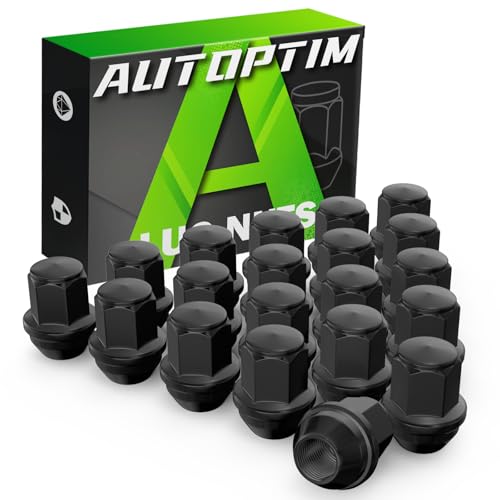Now that I had a running and driving car, my biggest issue was getting it reliable enough to be able to drive to work and college. I had big plans for this Mustang one day, so instead of going my usual route of finding a cheap used carb and making it work, I ate mac & cheese every night to save up for the biggest purchase of my life so far: A holley sniper stealth, as well as a matching Hyperspark distributor and ignition box, along with new tank, electric fuel pump, regulator, and everything else I needed to make EFI work. At the same time I painted the engine bay, valve covers, intake, and accessory brackets which really stepped up the look of the whole package from this:
To this:
At the same time we were working on the wiring and plumbing for the EFI conversion, I found a killer deal on some torq thrust lookalikes that were being discontinued. I got a set of 17x8s for the front and 18x9s for the back for $380 total, brand new straight from summit racing.
I had my fiance make the stickers for the center caps with her Cricut vinyl cutting machine she made t-shirts with, I had 2 versions but I ended up going with the ones with the silver surround and black horse.
At the same time as the EFI I wanted functioning gauges and at least a little bit of an interior, so I started with new carpet. I just used generic black carpet by the yard since it was a lot cheaper than a real carpet kit. Next there was a lot of time spent on the forum and looking over shop manuals to see how exactly the interior went together. It may not be concourse down to correct fasteners, but it's all together and I'm happy with the way it came out.
So then I finally had a car that was reliable, everything mechanical worked, was street legal, and had a halfway decent interior. Next I drove the hell out of the thing for about a year, including a few trips out of state, cruised just fine whether it was 45 around town or 80 on the interstate. It really gave me an appreciation for how good these cars are even at 50 years old.
Then I daily drove the car like that for a year. Driving 30 miles to college every day, then 20 miles to work, then another 10 miles back home, and it never missed a beat or left me stranded.





















































































































